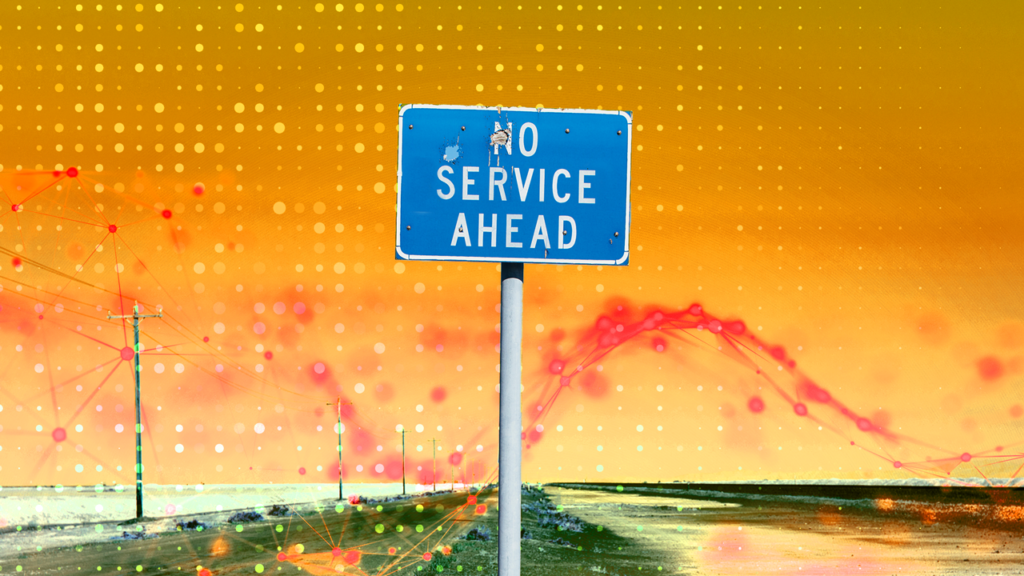Despite the progress made in mobile connectivity, the pandemic widened the digital divide between the haves and have-nots. Today 450 million people, or 6 percent of the world’s population, don’t have a way of connecting to a mobile device, an issue commonly referred to as the coverage gap. And about 3 billion people do have access to mobile broadband networks yet still aren’t connected, a phenomenon known as the usage gap. Closing this usage gap will be key to achieving digital inclusion.
During a panel on day one of MWC Barcelona, leaders from UNDP, Orange, GMSA and EY explored the current state of digital inclusion and why C-suite buy-in, the development of standard industry metrics and a multi-stakeholder approach are all needed to bridge the digital divide and accelerate the UN Sustainable Development Goals (SDGs) as established by the United National General Assembly in 2015.
The mobile industry has long been recognized as a key enabler of social and economic improvement. Network coverage globally was expanded to more than a billion additional people between 2015 and 2019, as noted by the panel’s moderator Adrian Baschnonga, lead analyst for global telecommunications at EY. In addition, the mobile industry has achieved half of its potential contribution across 17 SDGs, up from 33 percent in 2015.
Yet connectivity and the availability of infrastructure alone don’t guarantee device and service affordability, digital literacy and technology skills, all of which can help increase levels of digital inclusion. With so many basic services necessary for everyday living available online like public transformation, health and education, it’s becoming as vital to be digitally literate as it is to know how to read and write, according to Antoine de Clerck, Orange societal responsibility animation director of CSR.
“Promoting more digital is simply a question of sustainability. We cannot be sustainable in the long term if half of the world’s population is excluded from using these basic services. It’s in our core business to make sure we operate in an inclusive way,” said de Clerck.
In Europe, a 24 percent usage gap exists, which means people who are connected and who might even use a smartphone still aren’t using digital services such as looking for a job online or buying a train ticket online, said de Clerck.
One way Orange is bringing affordable devices and skills to people is through the opening of digital centers in every country in which it operates. De Clerck notes that many of its employees volunteer at these centers to provide skills to vulnerable people which provides a lot of value to Orange employees.
At the start of the pandemic, about 3.7 billion people, or 45 percent of the global population, were unconnected in the world, ITU data shows. In the last couple of years, that figure dropped by another 800 million people. While that signals progress, 2.9 billion people, or a third of the world’s population, remain without access to the internet. Reasons for this include a lack of broadband coverage or other barriers such as a lack of awareness of the internet and its benefits, lack of perceived relevance and safety and security concerns.
Robert Opp, UNDP chief digital officer, said he and his team have started to think beyond matters of connectivity and infrastructure to look at the digital divide in a more holistic way.
“If we’re going to achieve the SDGs and get back on track to the SDGs—because they all took a hit as a result of COVID—we’re going to need to bridge the digital divide. It needs to be a holistic, multi-sectorial approach. It needs to be one that has people at the center,” Opp said.
During the course of just one year, UNDP assisted 82 countries to adopt over 580 digital solutions in response to the pandemic. Recently it released a new, three-pronged digital strategy that aims to help countries reap the benefits of digital technology.
As GSMA has observed, environmental, social and governance (ESG) is becoming a criterion at the heart of decision-making for investors, said Alix Jagueneau, GSMA head of external affairs and industry purpose.
“I don’t think the investor communities fully understand what’s critical to this industry, so there’s probably a lot of education and awareness-raising to be done . . . Metrics are only a means to an end, it’s not just for reporting purposes. The more we can start talking about that and engage in those discussions, the more it’s going to lead to a change,” said Jagueneau.
The World Economic Forum’s call for companies to disclose metrics beyond financial performance in its book Stakeholder Capitalism offers the mobile industry guidance on how to begin implementing its own measurement tools.
Jagueneau added that GSMA has started to work with a group of operators with a focus on three areas: digital inclusion, e-waste to decarbonize the industry and digital human rights to ensure privacy, freedom of expression and child online safety.
What digital inclusion still lacks are standardized metrics. Opp said UNDP has started collecting best practices and examples of what is and isn’t working around how businesses can put SDG-related impact at the core of their strategy in ESG.
De Clerck echoed that sentiment, noting that the usage gap can’t be addressed by a single company. In the same way companies have used climate change as a north star metric, he calls on mobile operators to unify their work to create a standard metric for measuring digital inclusion.
In addition to engaging resources to quantify digital inclusion efforts, getting buy-in from the C-suite to make ESG a core business strategy will be critical for maximizing the social and economic impact of mobile connectivity, said Jagueneau.

